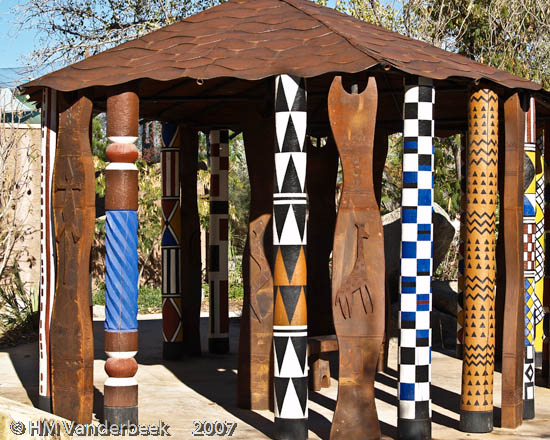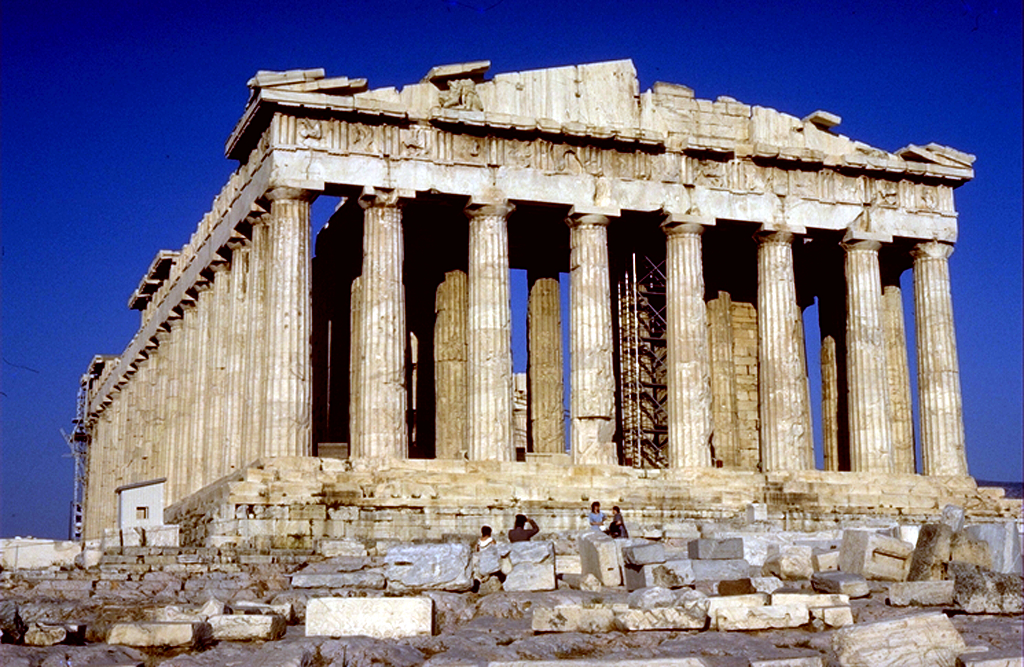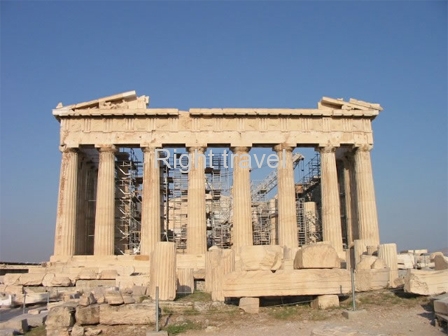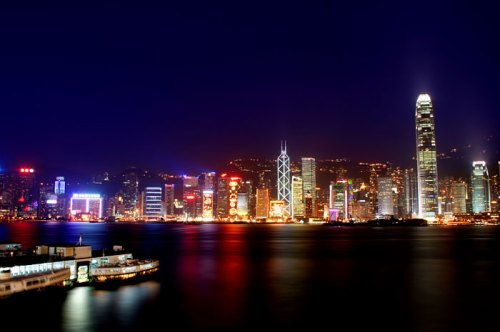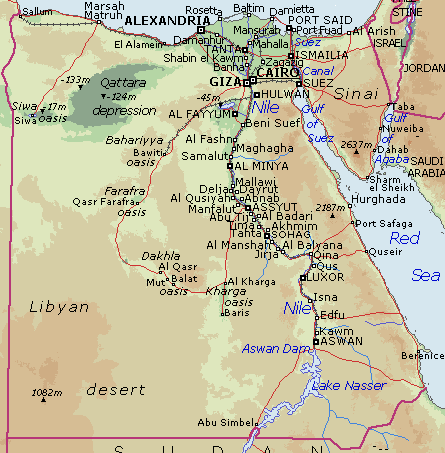During the 52 days between June 20th and August 10th it was never warmer than 80F degrees in Kunming in 2002. The temperature didn't reach 75 degrees on 24 of those days. Temperatures at night fell below 65 degrees on all but eight nights. About half of those days saw rain.
Kunming is no stranger to tourism. Almost a million foreign visitors a year come to the city. Another two million Chinese citizens vacation in the city each year. And with good reason. The city's history stretches over two millenniums. During the 19th Century it was a gateway for trade between China on the one hand and the French and British colonial powers in Burma and Vietnam on the other.
Kunming is something of a garden city. The city's botanical garden is worth at least a day.

Orchids, azaleas, camellias and much more fill the garden. The botanical garden includes over 4000 species of tropical and subtropical flora.
Adding to the scenic feel of Kunming, the city sets on the edge of Dianchi Lake. The lake is about 220 square miles, making it one of China's largest inland bodies of water. Sailing on the lake is popular, especially on nights when the moon is out. A large forest reserve borders the lake and can be seen from the city.
Not far outside the city on the shore of Dianchi Lake is the Yunnan Ethnic Village. The "village" is a large ethnic theme park with displays on each of Yunnan's 26 tribal minorities. Some of the most colorful and enchanting cultures in the world are on display in the Village.
A common day trip from Kunming is the Stone Forest. This collection of interesting natural rock formations is a little over 50 miles from the city. Daily organized tours make the Stone Forest easy to visit. A shorter trip is Mingfeng Mountain. Mingfeng is a mixture of scenic beauty, gardens, and historical sites - including the Golden Temple. The temple is home to China's largest bronze-domed hall.
READ MORE - Search of a Cool Summer: Kunming, China pictures
Kunming is no stranger to tourism. Almost a million foreign visitors a year come to the city. Another two million Chinese citizens vacation in the city each year. And with good reason. The city's history stretches over two millenniums. During the 19th Century it was a gateway for trade between China on the one hand and the French and British colonial powers in Burma and Vietnam on the other.
Kunming is something of a garden city. The city's botanical garden is worth at least a day.

Orchids, azaleas, camellias and much more fill the garden. The botanical garden includes over 4000 species of tropical and subtropical flora.
Adding to the scenic feel of Kunming, the city sets on the edge of Dianchi Lake. The lake is about 220 square miles, making it one of China's largest inland bodies of water. Sailing on the lake is popular, especially on nights when the moon is out. A large forest reserve borders the lake and can be seen from the city.
Not far outside the city on the shore of Dianchi Lake is the Yunnan Ethnic Village. The "village" is a large ethnic theme park with displays on each of Yunnan's 26 tribal minorities. Some of the most colorful and enchanting cultures in the world are on display in the Village.
A common day trip from Kunming is the Stone Forest. This collection of interesting natural rock formations is a little over 50 miles from the city. Daily organized tours make the Stone Forest easy to visit. A shorter trip is Mingfeng Mountain. Mingfeng is a mixture of scenic beauty, gardens, and historical sites - including the Golden Temple. The temple is home to China's largest bronze-domed hall.




